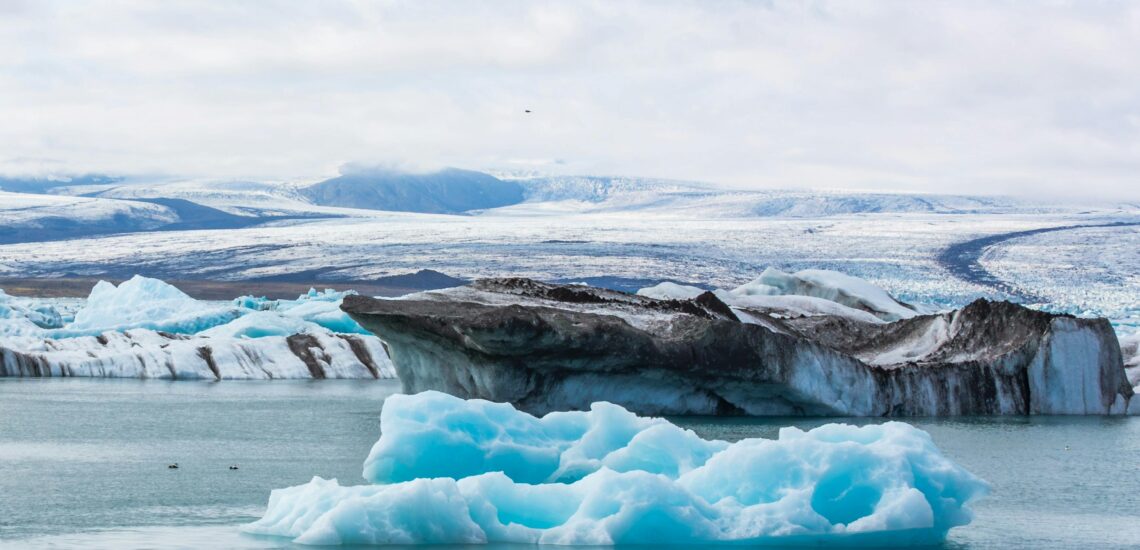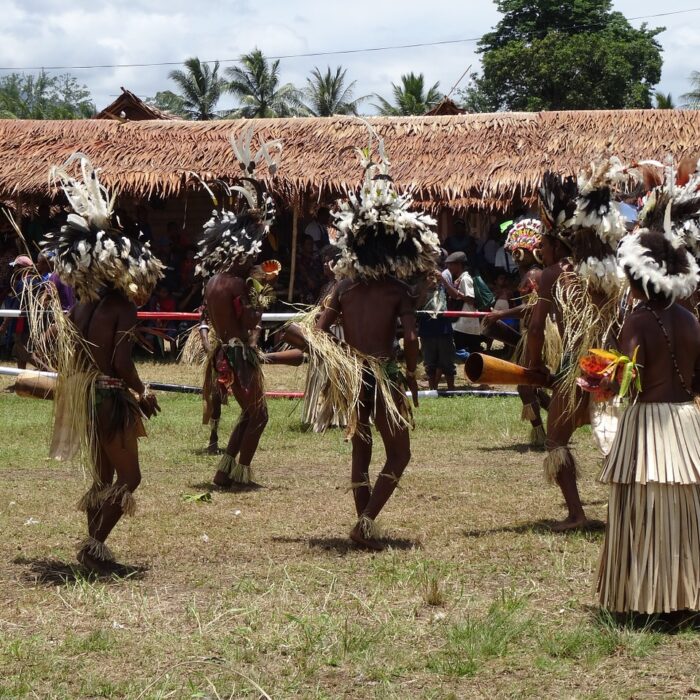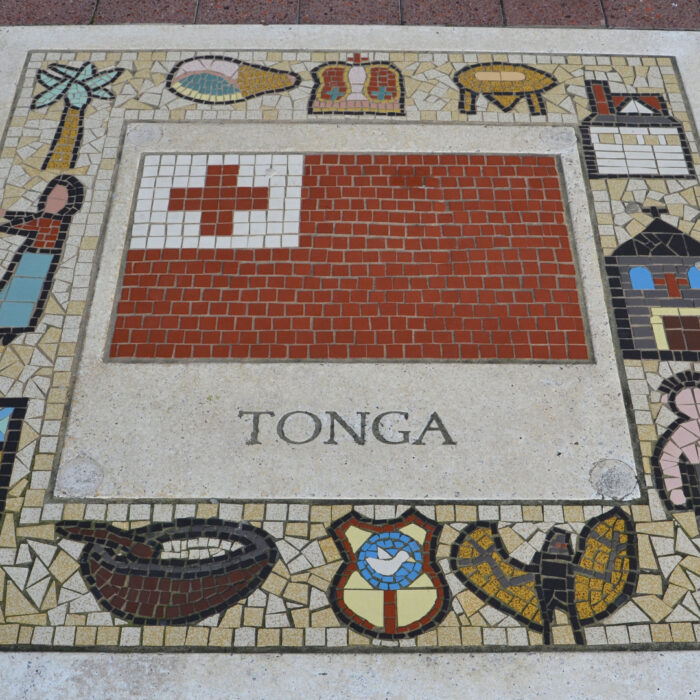10 Interesting Facts About Greenland
Quick facts about Greenland:
- Population: Approximately 56,000 people.
- Capital: Nuuk.
- Official Language: Greenlandic (Kalaallisut), Danish.
- Currency: Danish Krone (DKK).
- Government: Self-governing territory within the Kingdom of Denmark, with limited autonomy in domestic affairs.
- Geography: Located in the North Atlantic Ocean, Greenland is the world’s largest island, covering over 2.1 million square kilometers.
Fact 1: Greenland is the largest island, most of which is covered by glaciers
Greenland is the largest island in the world by area, spanning approximately 2,166,086 square kilometers (836,330 square miles). Most of Greenland’s landmass is covered by the Greenland Ice Sheet, which is the second-largest ice sheet in the world after Antarctica. The ice sheet covers about 80% of Greenland’s surface area and contains a vast amount of ice, making it a significant contributor to global sea-level rise. Despite the presence of glaciers and ice, Greenland also has some coastal regions that are ice-free and support diverse ecosystems, including tundra vegetation and wildlife such as polar bears and Arctic foxes.

Fact 2: The northernmost capital in the world is in Greenland
The northernmost capital city in the world is Nuuk. As the capital of Greenland, Nuuk is situated on the southwestern coast of the island, at approximately 64°10′ N latitude. Despite being located relatively far north, Nuuk experiences a relatively mild climate compared to other parts of Greenland, thanks to its coastal location and the influence of the nearby Labrador Current. Nuuk serves as the political, cultural, and economic center of Greenland, with a population of over 18,000 people as of recent estimates.
Fact 3: Getting to Greenland is not easy
Getting to Greenland can be challenging due to its remote location and limited transportation options. The main international airport serving Greenland is Kangerlussuaq Airport (SFJ), located in the western part of the island. From Kangerlussuaq Airport, travelers typically need to take domestic flights to reach the capital city of Nuuk, which is more 300 kilometers away. The distance between the airport and Nuuk necessitates either a short domestic flight or an extended journey by land and sea, making travel to Greenland more complex compared to more accessible destinations.
Note: If you plan to rent a car on the island, check here if you need a Greenland International Driver’s License to do so. But be aware that there are no roads between towns in Greenland.
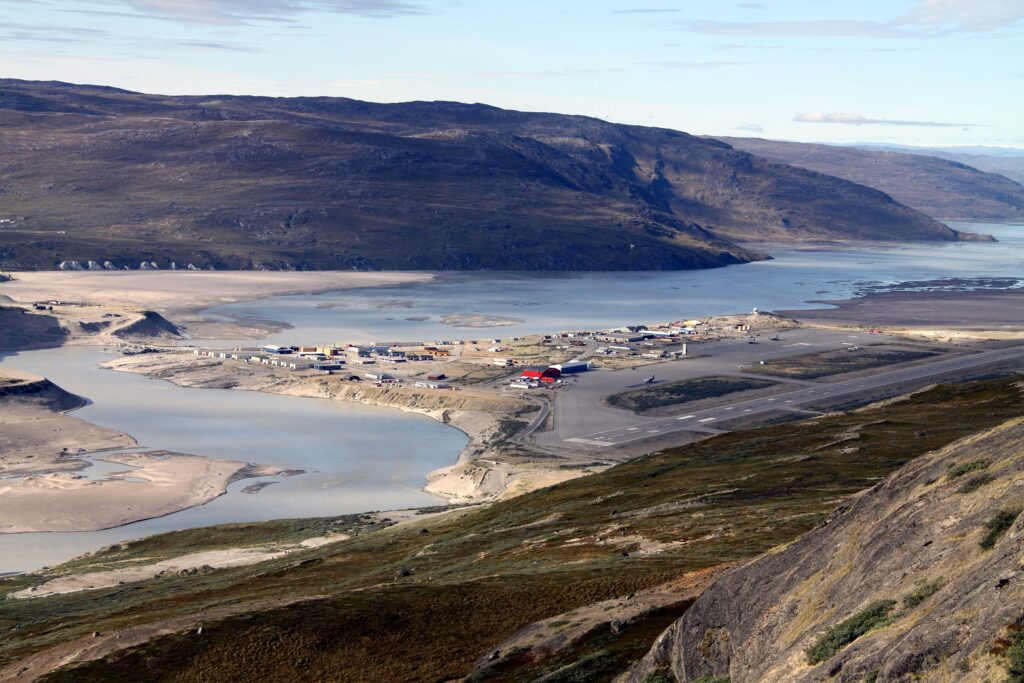 Chmee2/Valtameri, CC BY 3.0, via Wikimedia Commons
Chmee2/Valtameri, CC BY 3.0, via Wikimedia CommonsFact 4: The largest national park in the world is in Greenland
It is called Northeast Greenland National Park (Kalaallit Nunaanni nuna eqqissisimatitaq). Covering an area of approximately 972,000 square kilometers (375,000 square miles), this vast protected area occupies a significant portion of northeastern Greenland. The park features stunning Arctic landscapes, including glaciers, fjords, ice caps, and wildlife such as polar bears, musk oxen, and Arctic foxes. Its immense size and pristine wilderness make it a haven for nature enthusiasts and researchers interested in studying the Arctic ecosystem.
Fact 5: Sled dogs are still a relevant mode of transportation in Greenland
Sled dogs remain a relevant and important mode of transportation in Greenland, particularly in remote and inaccessible areas where modern transportation infrastructure is limited. In many Greenlandic communities, especially those in the northern and eastern regions, sled dogs are integral to daily life, providing essential transportation for hunting, fishing, and travel across the Arctic landscape, especially during the winter months when snow and ice cover the terrain. Despite the availability of other transportation options, such as snowmobiles and helicopters, sled dogs continue to play a vital role.

Fact 6: Greenland is an autonomous region of Denmark
Greenland is an autonomous territory within the Kingdom of Denmark. While Greenland enjoys a significant degree of self-governance, Denmark still retains control over certain aspects of governance, such as foreign affairs and defense.
Like many colonial powers, Denmark implemented policies that adversely affected the indigenous population, including forced resettlement, cultural assimilation efforts, and inadequate healthcare and education services. These policies had devastating consequences for the Inuit population and contributed to significant social and cultural upheaval. Many Inuit women were unable to have children because of interference with their bodies by Danish doctors who placed spirals without the women’s knowledge. This came to light when women began to have health problems and the spirals were found on examination.
Fact 7: Viking ruins have been preserved in Greenland
One of the most well-known archaeological sites is the Norse settlement of Hvalsey, located in the southern part of Greenland. Hvalsey contains the ruins of several buildings, including a church, farmsteads, and dwellings, dating back to the Norse occupation of Greenland in the medieval period.
These ruins, along with others scattered across Greenland, testify to the presence of Norse settlers in the area around the 10th to 15th centuries. They provide valuable evidence of early European exploration and colonization efforts in the North Atlantic region.
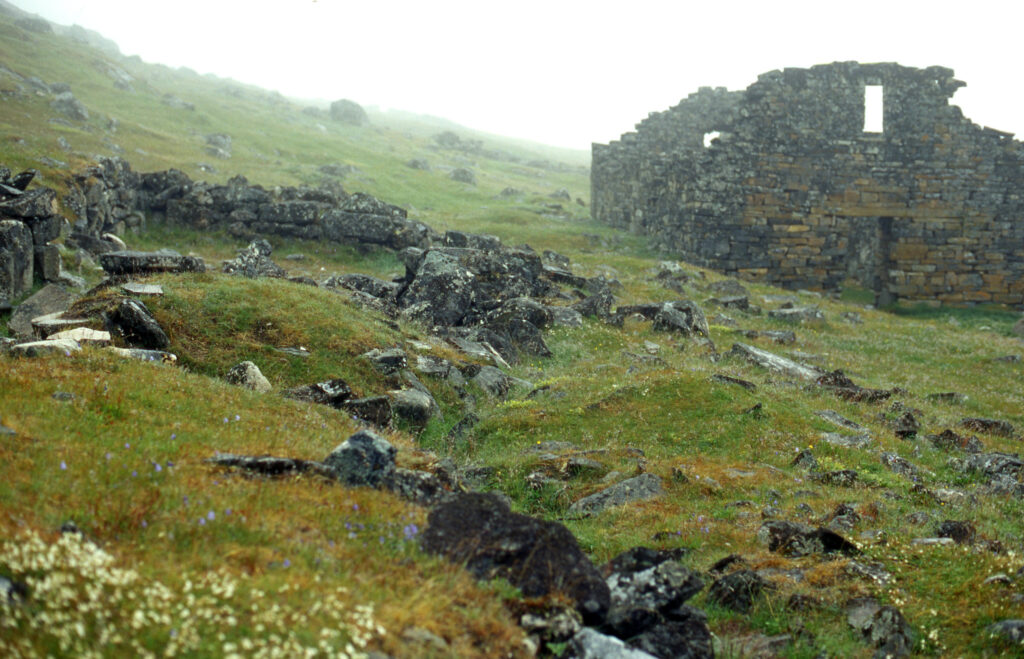 GRID-Arendal, CC BY-NC-SA 2.0 DEED
GRID-Arendal, CC BY-NC-SA 2.0 DEEDFact 8: The name of the country is a publicity stunt in the past
The name “Greenland” is believed by some historians to have been a promotional tactic by Erik the Red, a Norse explorer who is credited with the settlement of Greenland in the 10th century. According to historical accounts, Erik the Red named the island “Greenland” in an effort to attract settlers to the harsh and icy terrain, as the name suggested a more hospitable environment. This marketing strategy aimed to entice Norse settlers with the promise of fertile land and abundant resources, despite the island’s predominantly icy landscape.
Fact 9: There are very few trees in Greenland
Greenland is characterized by its Arctic climate and vast ice-covered landscapes, which limit the growth of trees. As a result, there are very few trees in Greenland, particularly in the central and northern regions where the climate is harsher and the terrain is dominated by ice caps and tundra. In the southern part of Greenland, where the climate is relatively milder, some scattered stands of trees, mainly dwarf willows and birches, can be found along sheltered valleys and fjords. However, overall, tree cover in Greenland is sparse compared to other regions of the world, reflecting the challenging environmental conditions of the Arctic.
 James Petts, CC BY-SA 3.0, via Wikimedia Commons
James Petts, CC BY-SA 3.0, via Wikimedia CommonsFact 10: In Greenland, fish is easy to catch and is a mainstay of the national cuisine
The surrounding Arctic waters are rich in marine life, including various species of fish such as cod, halibut, Arctic char, and salmon, as well as shellfish like shrimp and crab.
Fishing has long been a traditional way of life for the indigenous Inuit population, providing sustenance and livelihoods for communities across the island. Today, commercial fishing remains a key industry in Greenland, with fish being exported for both domestic consumption and international markets.
In terms of cuisine, fish plays a central role in traditional Greenlandic dishes, which often feature simple preparations such as boiled or smoked fish, as well as more elaborate recipes incorporating local ingredients like seaweed, berries, and herbs.

